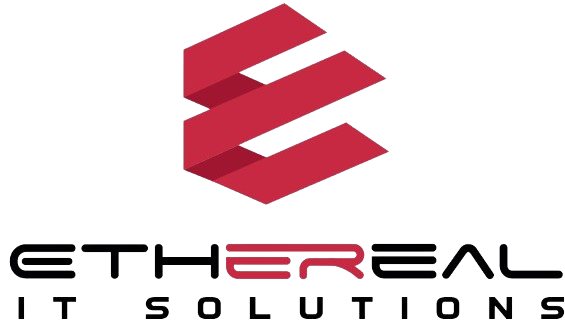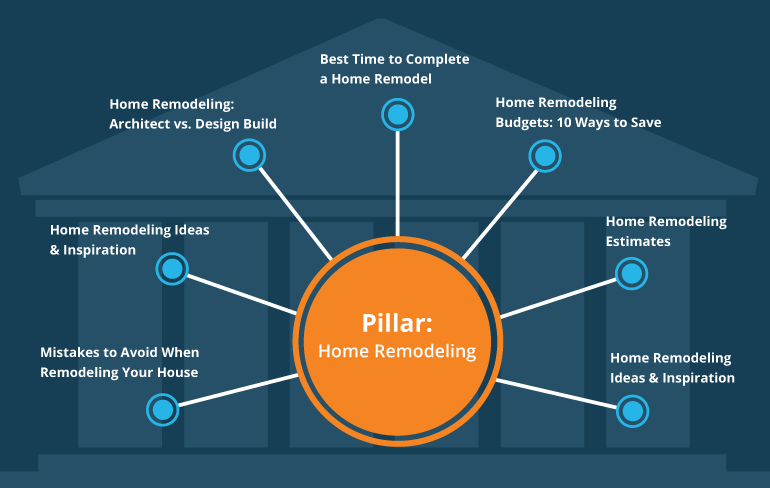
The internet is flooded with millions of posts published every single day. It is a challenge to distinguish your content from the rest. You can say that this is the biggest challenge for bloggers today. The readers are constantly sucked up by poor content that doesn’t please them. If you don’t take steps to distance yourself from poor content structure then you are also heading towards a colossal catastrophe. This is exactly why you need a pillar blog post strategy to bring a wider range of audiences to your website.
Human search patterns have changed, as have the technology that is used to interpret and display results from search engines. Optimizing blog content so that it ranks for long-tail keywords isn’t the most effective way to rank in search results, and the structure of your blog can be a factor in this.
According to the Content Marketing Institute reports, 73% of marketers from B2B services believe that articles and blog posts provide the greatest value forms of content. Yet only 27% of them evaluate their company’s marketing initiatives as extremely effective or extremely successful. Why is this?
Pillar Page – What is it?
In essence, it is an important hub or the basis upon that the other cluster page is constructed. It gives a broad overview of a subject but allows for more in-depth details of the topic on the pages of clusters that typically concentrate on a specific aspect of the subject which is usually using a keyword.
For instance, a pillar content page about SEO could briefly touch on the technical aspects of SEO and then link to a cluster site that goes into greater depth on the subject.
If you’re comfortable thinking of keywords in terms of then you could consider “pillar” content as those broad keywords that you don’t intend to use in one article, since you’re used to targeting longer tail keywords which yield better results with a more narrow focus.
Why does it make sense to focus a pillar article on a broad topic succeed in a way that a regular blog post won’t? It all boils down to what makes a pillar article distinctive.
A pillar article is lengthy. If your average blog post is 1000 words, the pillar article must be at least 2,500. If your typical blog article is around 2,000 words then a pillar’s post must be 4,000 or greater. I’ve seen pillar articles that look like mini-ebooks or guides, and it’s fine.
The most fundamental features of pillar content are:
- It resolves a problem or provides a solution to a problem with full, accurate data.
- It’s distinct in scope or depth from other related content.
- It’s a combination of trustworthy useful or fascinating.
Perks of Pillar Blog Post
The advantage of pillar pages for users is clear: they provide all the information users need about a subject in one location. There are a few additional benefits for owners of websites such as:
- More duration of time on website pages. The more content you can offer users to read and consume, the longer they’ll have to spend.
- A reduction in bounce rates. If visitors are able to find what they’re searching for on your website and don’t return to Google to search for another source.
- Backlinks, and lots in social media share. Pillar pages are shared widely and frequently, particularly among influential people in the same area.
- Increases traffic over the life of your website or blog. Pillar content is always green content, meaning its value doesn’t decrease over time.
- The high word count, share, and backlinks will all help to a better search engine ranking.
Also Read: Trending Social Media Updates
How to Design the Pillar Page
The first step in creating a pillar page is to not think about your website in terms of keywords. Think about the subjects you would like to rank first. Then, think of topics for your blog that are within the specific keywords and are related to a broader theme.
Take note of the most important interests and issues of your audience personas to help you come up with suggestions for the content of your pillar pages. Pick a topic broad enough to create more blog posts that can serve as cluster-related content, however, not so vast that you’re unable to be able to cover all the topics on one pillar page.
For example, “social media” is too broad of a subject however “Instagram captions” could have been too specific. “Instagram marketing” is broad enough for us to be able to connect many blog posts that go into Instagram in more detail yet still specific enough to allow us to create a complete web page on the pillars of it.
The secret to selecting the right topic is:
- Create 10 topics for your pillar posts.
- Merely 2-4 words in keywords. More words that you have in order to explain it, the more condensed it will be and the less suitable it is for pillar content.
- Specific to your particular industry. Naturally, you need your pillars to be pertinent to your knowledge.
- Educational. Pillar content isn’t likely to be a straight tutorial but rather, it’s an important hub for additional information.
- Relevant to your company. Your content is the one that draws visitors to your site and you must be able to communicate with this crowd.
The final topic I’m going to discuss in this article is how often should you undergo this process?
In step 1 I advised the creation of 10 topics for your pillar posts. It’s a decent number, to begin with. When I first got started in DM I did exactly my first step starting by making 10 great articles of material. It was enough. The 10 blog posts we wrote sufficed to capture interest from our customers and propel us to the company that we are today.
Then, brainstorm 10 topic ideas for your blog. Complete the rest of this procedure for each of these ideas, one at each time, until you’ve created 10 awesome articles.
How to Structure your Content?
Headline – It’s said many times before but keep in mind that 80% of readers will read headlines, whereas only 20% of them click to read the remainder of the blog article. The headline is the first thing that people see and therefore, make it catchy interesting, informative, and intriguing (no clickbait!).
Hook – Here’s a good thing is that even after clicking on your blog post only 18% of them will take the time to read it. The leade (or hook) — the arouser at the beginning of your blog article needs to convince the reader to read on. Here are some hooks that work:
Some interesting facts they’ve never been exposed to before
- A cliffhanger, an anecdote or the conclusion of an account
- A clear question that makes readers can relate to
- A current events reference
Stories are a favorite among people because they create human connection through empathy. Even if you’re writing an article, and not a novel, doesn’t mean that you shouldn’t employ storytelling techniques in your article on how you’ve built your podcast to 109K views each month.
Structure – Unless you’re inventing some new torture technique Don’t make your readers to read a 2,000-word piece that has no headers, pictures, no bullet points, or paragraphs.
Research – Have you seen an article that stated something like “Most users own the iPhone”? It sounds like a good idea, however, if you do some research and you’ll discover that “62 percent of first-time smartphone customers tend to prefer Android.” It’s the best way to undermine the confidence that your audience has than fail to be able to back your assertions with reliable, current research. This is true for statistics, quotes, and images as well: always provide a link to their sources.
Action or Takeaway – Once you’ve amazed readers and created an incredible job in convincing them to read the whole blog, it’s time to communicate to them what you’d like them to take action to. Finish your blog post with an explicit call to action like “Get Your Free Marketing Consultation” in the case of an agency that specializes in digital marketing.
Words of Wisdom
It’s a given that pillar blog posts are very crucial when creating a content building and marketing strategy. You should always know what your audience wants and try to revolve the pillar page around the needs of your expanding audience circle.
If you think we were able to add value to your content marketing strategy, don’t forget to comment down below and let us know. This will encourage us to come up with more amazing blog posts.




